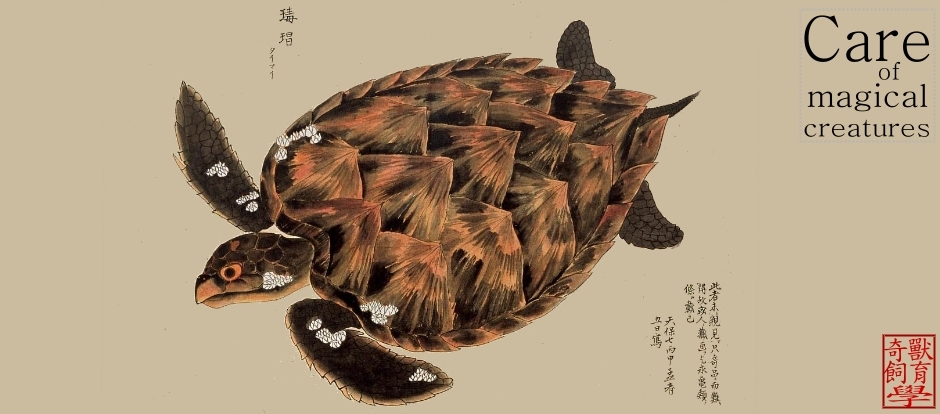 Fig. 2 Midpoint-rooted Bayesian phylogeny obtained under the optimal partitioning strategy for the 12S, 16S and RAG1 genes data set.
Fig. 2 Midpoint-rooted Bayesian phylogeny obtained under the optimal partitioning strategy for the 12S, 16S and RAG1 genes data set. 文獻來源: Wollenberg KC, Measey GJ. 2009. Why colour in subterranean vertebrates? Exploring the evolution of colour pattern in caecilian amphibeans. Journal of Evolutionary Biology 22(2009): 1046-1056. [摘要下載]
Abstract
The proximate functions of animal skin colour are difficult to assign as they can result from natural selection, sexual selection or neutral evolution under genetic drift. Most often colour patterns are thought to signal visual stimuli; so, their presence in subterranean taxa is perplexing. We evaluate the adaptive nature of colour patterns in nearly a third of all known species of caecilians, an order of amphibians most of which live in tropical soils and leaf litter. We found that certain colour pattern elements in caecilians can be explained based on characteristics concerning above-ground movement. Our study implies that certain caecilian colour patterns have convergently evolved under selection and we hypothesize their function most likely to be a synergy of aposematism and crypsis, related to periods when individuals move overground. In a wider context, our results suggest that very little exposure to daylight is required to evolve and maintain a varied array of colour patterns in animal skin.
另可參考Dr. K.C. Wollenberg的個人研究網頁以其此處的說明
